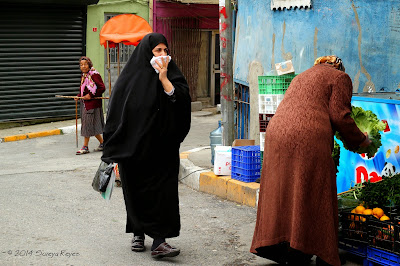The difficult conditions of the Chihuahuan geography shaped the character of its inhabitants , who like most of their northern compatriots have forged their tenacity and perseverance , thanks to the hard work that means getting the arid soil some food and water for sustenance his family and livestock. This , coupled with characteristic hospitality and willingness to help Mexicans make up the profile of the Chihuahuan eager.
Musicians at Plaza Cathedral.
Ready for the show.
Escaparate.
The mise enchanter.
The cross of nails.
The Cathedral.
Spring festival.
The crowd.
Dancers.
The riders.
Presidencia Municipal.
Shoe clinner.
No clientele.
Today, the Chihuahuan society is made up of indigenous groups that still preserve their roots and strong traditions . Currently , the main group in number and cultural influence in the state is that of the Tarahumara . Original inhabitants of these lands, were forced to retire to live in a portion of the mountains of the Sierra Madre Occidental , today known as the Sierra Tarahumara. As in the rest of the country , this ethnic group is among the poorest and most marginalized state . Part of its economy is sustained by selling sikolís and bitikolís , pots and pottery and textiles and beadwork jewelry offered at tourist sites in the state.
Tarahumara family.
Handcraft Tarahumara.
Tarahumara woman.
Tarahumara girl selling handcrafts.
Chihuahua is in all means a place for you to discover. You can spend hours walking around and get intrigued by it's people, trying to understand who they are. The more I see, the more I can't stop capturing the moment, trying to reflect the steet life of Chihuahua. A big challenge for just a few days.
Soreya Reyes
STREET LIFE AND DOCUMENTARY PHOTOGRAPHY
STREET LIFE AND DOCUMENTARY PHOTOGRAPHY

































